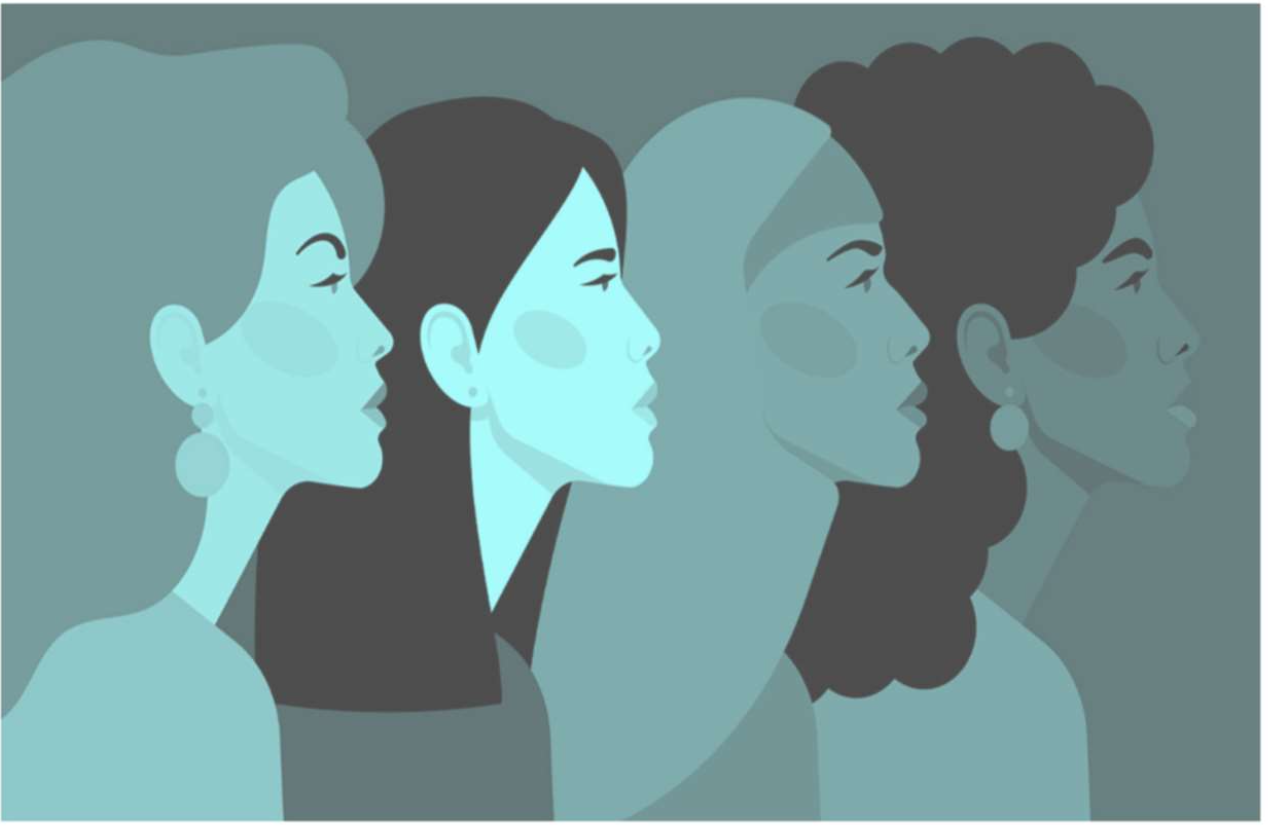On the Eve of Equal Pay Day 2023, the Institute for Women’s Policy Research Releases Updated Report on the Gender Wage Gap by Occupation, Race and Ethnicity
Washington, D.C. — Women are paid eighty-four (84) cents for every dollar a man makes and new research from the Institute for Women’s Policy Research (IWPR) shows that this gender wage gap exists across almost all occupations, even for jobs commonly held by women.
In 2022, women earned less than men for full-time weekly work in 19 of the largest 20 most common occupations for women, including teachers, nurses, and administrative assistants.
“The gender wag gap is a national disgrace, one that should have us all asking, ‘what more can I do?’” said Daisy Chin-Lor, Interim President and CEO of IWPR. “Women earn eighty-four cents for every dollar a man makes and this inequity exists even in professions typically dominated by women. We cannot ask women in this country to endure this injustice decade after decade while offering only encouraging words and empty promises. We need to speed up the pace of policy change on this fundamental issue and IWPR is committed to doing just that.”
Of the 20 largest occupations for women studied as part of IWPR’s research, the three with the worst pay inequities were:
- Financial managers, where women only earn 69% of what men earn.
- Retail Salesperson—76.5%
- Retail Supervisor—78.3%
There is only one occupation—Teaching Assistants—where women and men were paid exactly the same.
IWPR’s research also showed that the situation is even worse for Black and Hispanic/Latina women who are overrepresented in the lowest paying occupations as a whole and earn less than men in all broad occupations. Black and Hispanic/Latina women are more likely than others to work in service occupations—healthcare supports, personal care, child care, and food preparation and serving, among others—which have the lowest median weekly earnings of all intermediate occupations. Indeed, the weekly median earnings for service occupations would leave a mother of two near poverty (150% of the poverty level or $707 per week).
“IWPR’s research shows that 60 years after the Equal Pay Act of 1963, women still cannot get fair treatment when it comes to employment and earnings, even in jobs most commonly held by women. The lower pay women receive in these occupations helps drive the overall wage gap, affecting the health and well-being of women and hurting their ability to provide for their families and the economy as a whole,” said Chin-Lor. “Policymakers at the federal and state level must aggressively consider a range of policies that support the creation of good jobs for women, protect them from discrimination and harassment in the workforce, and ensure pay equity.”
The Institute for Women’s Policy Research strives to win economic equity for all women and eliminate barriers to their full participation in society. As a leading national think tank, IWPR builds evidence to shape policies that grow women’s power and influence, close inequality gaps, and improve the economic well-being of families. Learn more at IWPR.org and follow us on Twitter.
###


